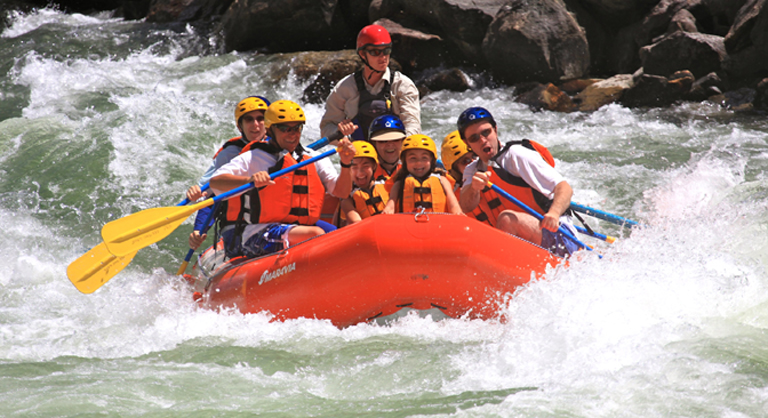
Nature-based tourism could bring additional US $ 50-80 billion in tourism revenue
Inter-ministerial cooperation and Centre-State collaboration key to monetizing India’s vast natural assets.

Inter-ministerial cooperation and Centre-State collaboration key to monetizing India’s vast natural assets.


Tea garden tour